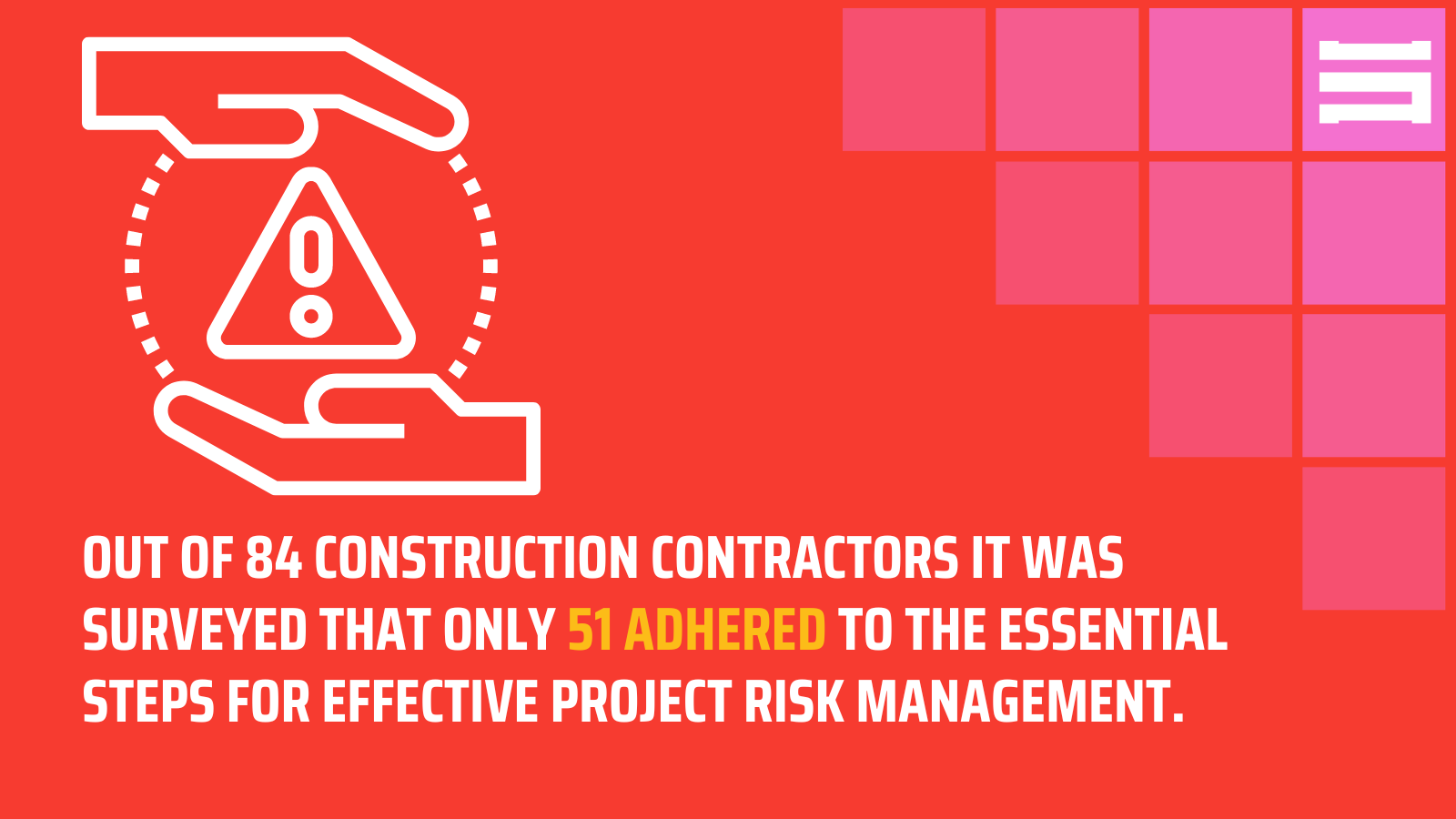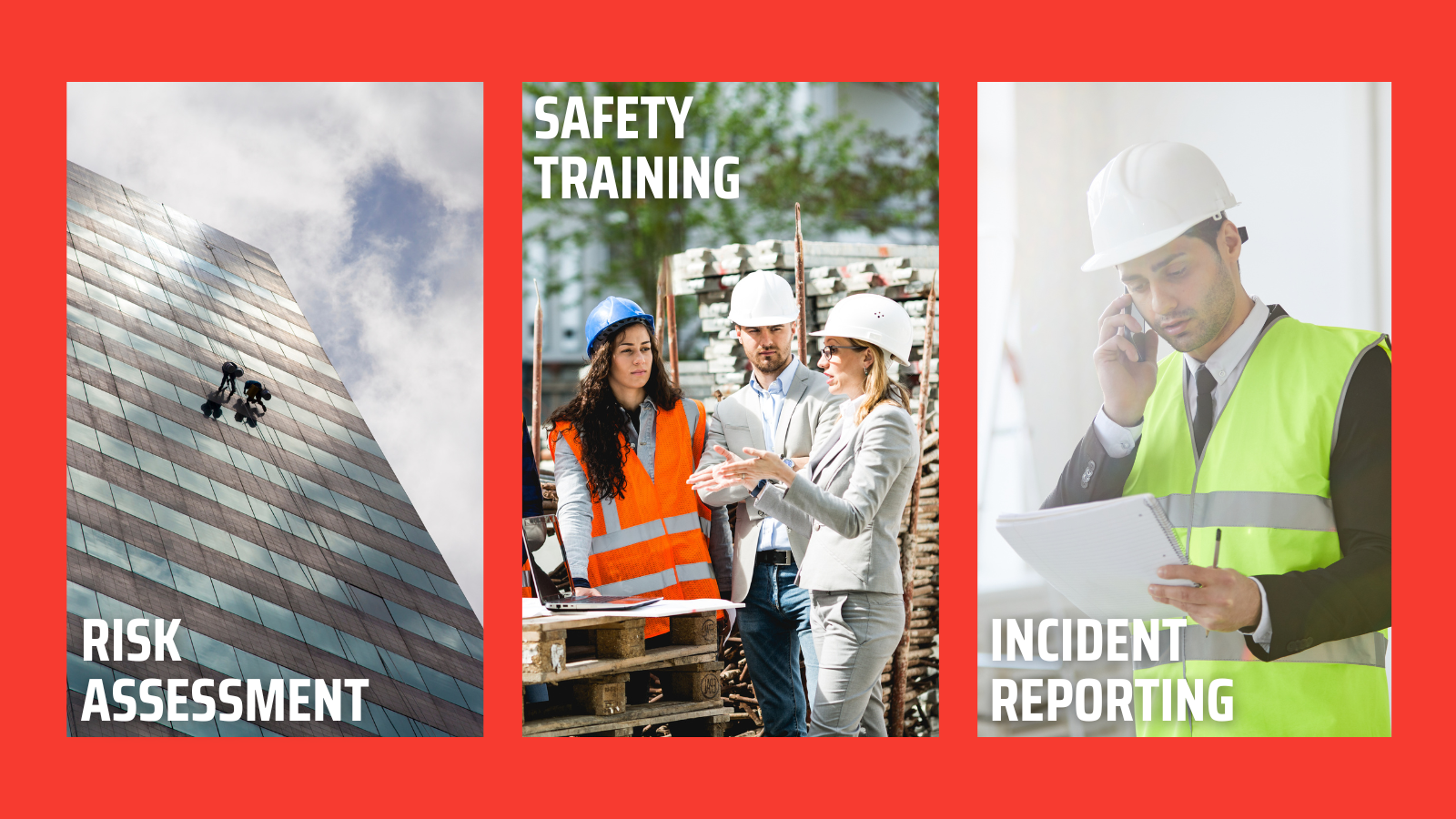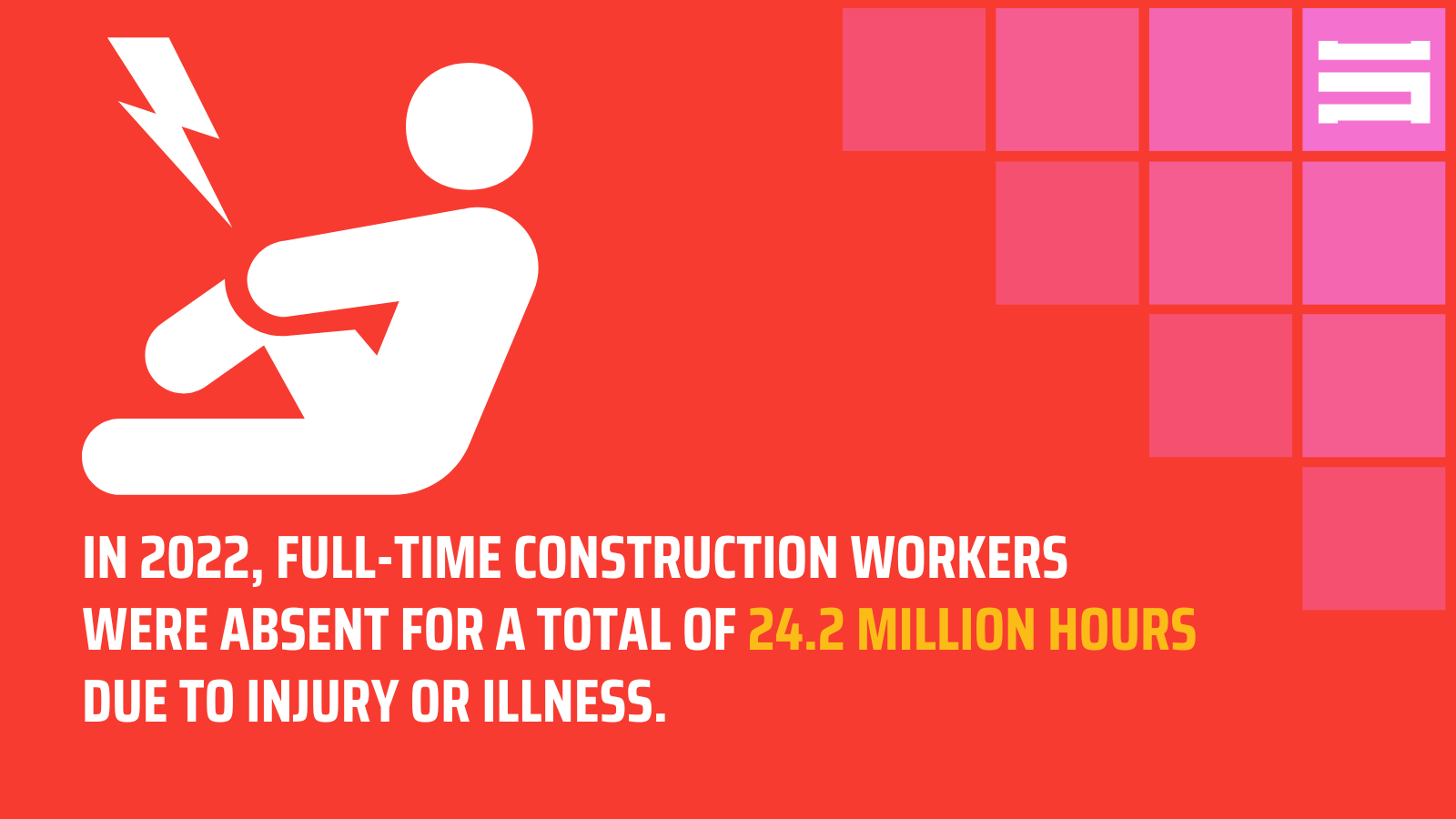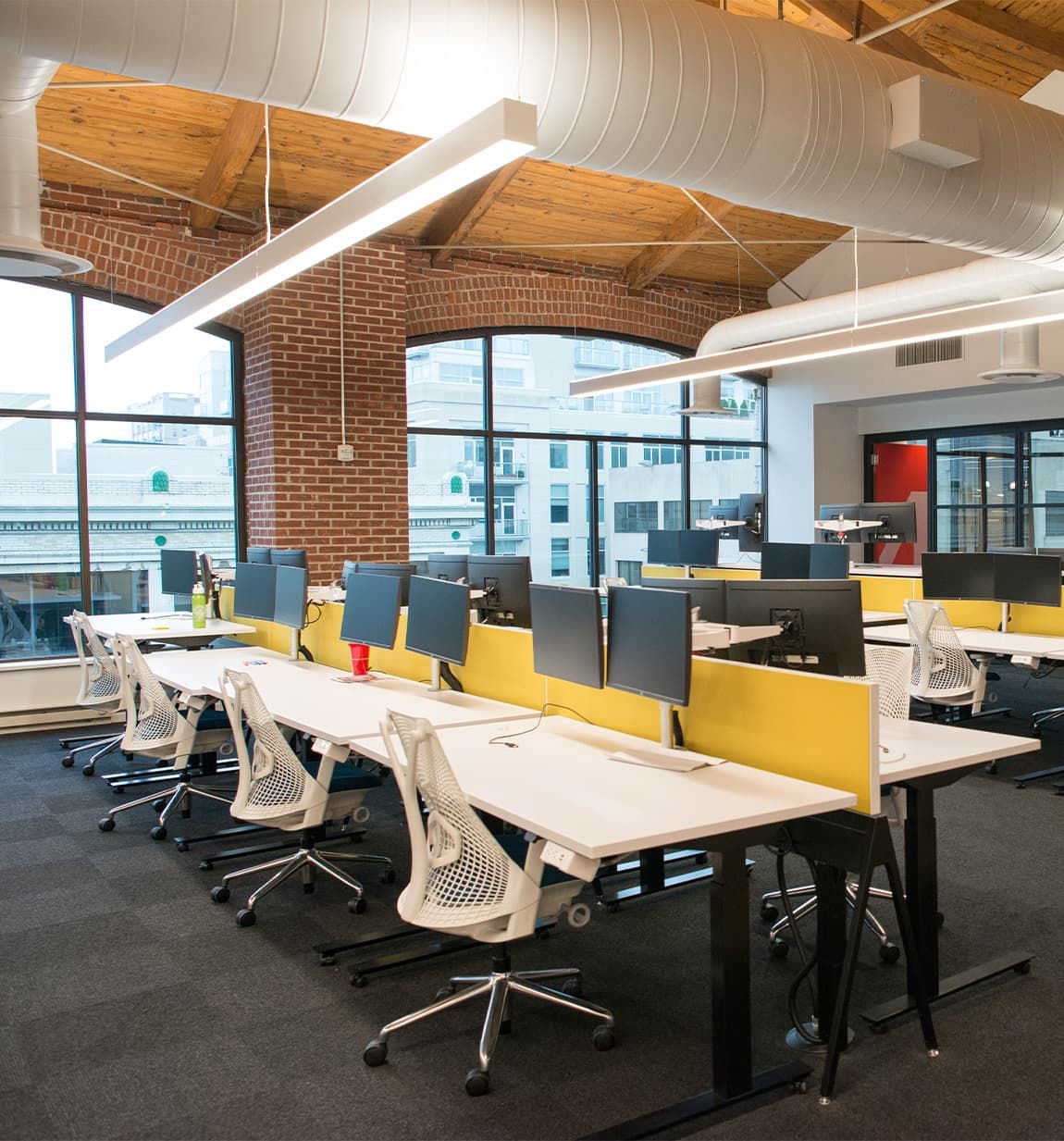From safety hazards on-site to budget overruns and scheduling delays, construction projects are full of inevitable elements that must be managed proactively. Risk management is an essential aspect of every construction project, no matter its size or complexity. Project risk management helps project managers identify, assess, and mitigate risks before they have a detrimental impact on the success of a project.
In this blog, we will explore the steps involved in the project risk management process, identify the types of risks most common in construction, and outline best practices for mitigating risks in construction projects. We’ll also look at how project management risk assessment plays a crucial role in ensuring project success and give you the tools to develop an effective construction project risk management plan.
What is Risk Management in Construction?
Risk management in construction is the process of identifying potential risks that could affect a project and developing strategies to manage them. These risks can come from a variety of sources, including design flaws, environmental factors, supply chain disruptions, or stakeholder disagreements.
Construction projects are particularly vulnerable to risks due to their inherent complexity. From small-scale residential builds to large infrastructure projects, project quality and risk management are crucial to ensuring that unforeseen issues are dealt with before they can cause major disruptions. A detailed risk management strategy helps project managers anticipate potential problems and reduce their impact on project timelines, budgets, and outcomes. A study of 84 construction contractors revealed that only 51 adhered to the essential steps for effective project risk management, indicating a notable gap in implementation.

The Risk Management Process in Construction
The best risk management process follows a structured outline to ensure if potential issues are identified and addressed systematically. The project risk management process involves five key steps:
- Risk Identification: The first step in the risk management process is identifying all potential risks that could impact the project. This involves a thorough review of the project’s design, construction plan, materials, timeline, and all other relevant factors. Risks can be categorised as internal (e.g., labour shortages or design pushbacks) or external (e.g. environmental factors or regulatory guidelines).
- Risk Analysis: Once risks have been identified, they must be analysed to determine their likelihood and impact. This step helps project managers understand the potential consequences of each risk, allowing them to allocate resources effectively. For example, a delay in receiving materials might have a high probability but relatively low impact, while a structural design flaw may have a lower probability but significantly higher impact on time and cost.
- Risk Prioritisation: After risks are analysed, they must be prioritised based on their likelihood and impact. High-priority risks (those with a high probability and significant impact) should be addressed immediately, while lower-priority risks can be kept an eye on and managed in time.
- Risk Mitigation: In this stage, strategies are developed to minimise or eliminate the risks identified. Mitigating them by making changes to the project plan, such as adjusting project timelines or budgets, securing additional resources, or developing contingency plans to handle potential delays.
- Risk Monitoring and Review: Risk management is an ongoing process. It is crucial to regularly review and monitor risks throughout the lifecycle of the project. This ensures that new risks are identified and managed as they arise, and that existing risks are continuously monitored to prevent escalation.
By following this structured approach, construction managers can minimise the likelihood and impact of risks, ensuring all challenges that occur are resolved for smoother project delivery.
Practical Scenarios in Risk Management: Steps to Mitigate Risks
Understanding theoretical risk management concepts is valuable, but the real challenge lies in applying these principles in practical situations. Below are two scenarios that outline common construction risks, and the step-by-step actions required to mitigate them effectively.
Scenario 1: Managing Safety Risks on a High-Rise Building Project
Situation:
Imagine you are managing a high-rise residential project in a major city. Due to the height of the building and the complexity of the site, safety risks are higher than on a typical construction project. There are multiple trades working simultaneously, and the risk of accidents can be quite significant.
Steps to Take:
- Conduct a Detailed Risk Assessment: Begin by identifying potential safety risks specific to the high-rise environment, such as falls from height, equipment malfunction, or worker fatigue due to extreme working conditions.
- Implement Safety Protocols: Establish a comprehensive Health, Safety, and Environmental (HSE) Management System that outlines strict safety protocols, including mandatory use of personal protective equipment (PPE), working-at-height guidelines, and procedures for using heavy machinery. If you would like to learn more about HSE practices in the construction workplace, please read the article here.
- Mandatory Safety Training: Ensure all workers undergo mandatory safety training to the risks associated with high-rise related construction. This could include fall protection measures, safe operation of equipment at height, addressing height fears and emergency evacuation protocols.
- Conduct Regular Safety Audits: Regularly audit the site to ensure compliance with safety protocols. Appoint safety officers who are responsible for monitoring the implementation of these protocols and addressing any issues immediately.
- Create an Incident Reporting System: Establish an easy-to-use reporting system where workers can report safety concerns or near-misses, ensuring that any potential hazards are addressed before they escalate.

By following these steps, the project is likely to see a significant reduction in on-site accidents, leading to a safer work environment and improved productivity.
Scenario 2: Managing Stakeholder Conflicts in a Commercial Development
Situation:
You are managing the construction of a commercial development project where a conflict has arisen between the client and contractor regarding the timeline and budget. The contractor is requesting additional time and budget due to unforeseen delays, but the client is unwilling to accommodate these changes.
Steps to Take:
- Establish Clear Communication Channels: First, facilitate a formal meeting between the client, contractor, and key project stakeholders to discuss the issues openly. Ensure that all parties are aware of the current project status and the reasons behind the delays.
- Review the Original Contract and Scope: Review the initial project scope, timelines, and budgets agreed upon at the start of the project. This step is essential for understanding whether the contractor’s claims are valid and if the delays are within the allowable terms.
- Engage in Conflict Resolution: If both parties continue to disagree, consider bringing in a neutral third-party mediator or arbitrator to help resolve the dispute. Mediation ensures that an independent perspective is considered and that a fair solution is reached.
- Adjust the Project Plan as Necessary: Once an agreement has been reached, update the project scope and timelines accordingly. Ensure both the client and contractor sign off on any amendments to prevent future disagreements.
- Monitor Progress Closely: After resolving the conflict, it’s important to monitor the project progress closely to ensure the revised timelines and budgets are adhered to. Schedule regular status updates with both the client and contractor to avoid further misunderstandings.
By taking these steps, the project can move forward with all stakeholders aligned, minimising the risk of further delays or budget overruns.
What are the Common Risks in Construction Projects?
Construction projects face a unique set of risks due to the nature of the work involved. Some of the most common risks that can affect construction projects include:
- Safety Risks: Construction sites are often dangerous, and accidents on-site can lead to serious injuries or fatalities. In 2022, full-time construction workers were absent for a total of 24.2 million hours due to injury or illness. Safety risks must be mitigated through proper training, adherence to safety regulations, and the use of protective equipment. Implementing a health, safety, and environmental (HSE) management system can greatly reduce these risks.
- Budget Overruns: Construction projects are notorious for going over budget. Unforeseen circumstances such as material price fluctuations, changes to project scope, or unexpected site conditions can lead to significant cost increases. A well-thought-out project risk management plan should include budget contingencies to manage these risks.
- Delays and Schedule Risks: Weather disruptions, procurement delays, and labour shortages can all result in construction projects falling behind schedule. Scheduling contingencies and having backup plans in place for critical stages of construction can help mitigate these risks.
- Design Errors: Errors in the design phase of a project can have costly consequences, leading to rework, delays, and budget overruns. Conducting thorough design reviews and engaging in early risk assessments helps to identify potential design issues before construction begins.
- Regulatory Compliance Risks: Construction projects must adhere to a wide range of regulations, including building codes, safety standards, and environmental laws. Failing to comply with these regulations can lead to legal complications, fines, and project delays. Regular consultation with legal experts and conducting compliance audits can help manage these risks.
- Supply Chain and Material Shortages: Construction projects depend heavily on the timely delivery of materials and equipment. Disruptions to the supply chain can halt progress and lead to costly delays. Maintaining strong relationships with suppliers and having backup suppliers for critical materials can help mitigate supply chain risks. Learn more about how to manage a smoother construction supply chain for your projects, here.
- Stakeholder Risks: Construction projects often involve multiple stakeholders, including contractors, clients, suppliers, and regulatory bodies. Miscommunication or disagreements between stakeholders can lead to scope changes, budget increases, and timeline extensions. Ensuring clear communication and regular project updates can help manage stakeholder expectations and reduce the likelihood of conflicts.

Expanded Risk Mitigation Strategies
In addition to the general risk mitigation strategies mentioned earlier, let's delve deeper into specific techniques for managing some of the most common risks in construction projects:
1. Implementing a Safety Management System
A comprehensive safety management system is critical for mitigating safety risks on construction sites. This involves:
- Regular safety training for workers to ensure that everyone is aware of the latest safety protocols.
- Strict enforcement of safety standards and guidelines, such as the use of PPE and the establishment of safe working practices.
- Conducting regular safety audits to identify and address any potential hazards before they escalate.
By implementing a strong safety management system, construction companies can significantly reduce the likelihood of accidents and injuries on-site.
2. Creating a Contingency Plan for Budget Overruns
Budget overruns are one of the most common risks in construction. To mitigate this, construction managers should:
- Allocate a percentage of the overall budget as a contingency fund to cover unforeseen expenses.
- Regularly monitor spending to identify any discrepancies early on.
- Collaborate closely with suppliers and subcontractors to ensure that costs are kept within the agreed limits.
Contingency planning allows project managers to deal with unexpected costs without jeopardising the financial stability of the project.
3. Managing Stakeholder Conflicts
Stakeholder conflicts can be detrimental to a construction project’s timeline and budget. To manage these conflicts effectively, project managers should:
- Establish clear communication channels from the outset, ensuring that all stakeholders are regularly updated on project progress.
- Hold regular meetings with stakeholders to address any concerns or changes in expectations.
- Develop a conflict resolution strategy that includes third-party mediation, if necessary, to resolve disputes before they impact the project.
Proactively managing stakeholder relationships ensures that conflicts are dealt with swiftly and do not derail the project.
Conclusion
The complexities of construction projects make risk management a crucial aspect of project planning and execution. By following a structured project risk management process, regularly conducting project management risk assessments, and utilising modern tools and technologies, project managers can effectively identify, assess, and mitigate risks, ensuring that projects are delivered on time, within budget, and to the highest quality standards.
About us
Stonehaven is a trusted project management company and construction consultant based in Dubai, offering comprehensive construction management services across the UAE with offices located in Dubai, UK and Sri Lanka. As one of the leading project management companies in Dubai, we manage projects from inception to completion, ensuring quality, efficiency, and cost-effectiveness at every stage.
We deliver value through expert project management consultancy services, tailored to meet the unique needs of each client. Our core services include Cost Management, Project Management, Construction Supervision, Engineering Support, Design Support, and Marketing & Communications. Whether you’re looking for construction consultants or project managers in the UAE and wider GCC region, Stonehaven is your trusted partner for achieving excellence in your next project.
Stonehaven offers leading risk management and quality risk assessment services specifically designed for construction projects. Our expert team is equipped with the knowledge and tools to develop tailored construction project risk management plans that ensure your projects are completed safely, on time, and within budget. We are committed to helping our clients mitigate risks and achieve their project goals with utmost confidence.
Contact us below to learn more about our comprehensive risk management solutions and how we can support your next project.








